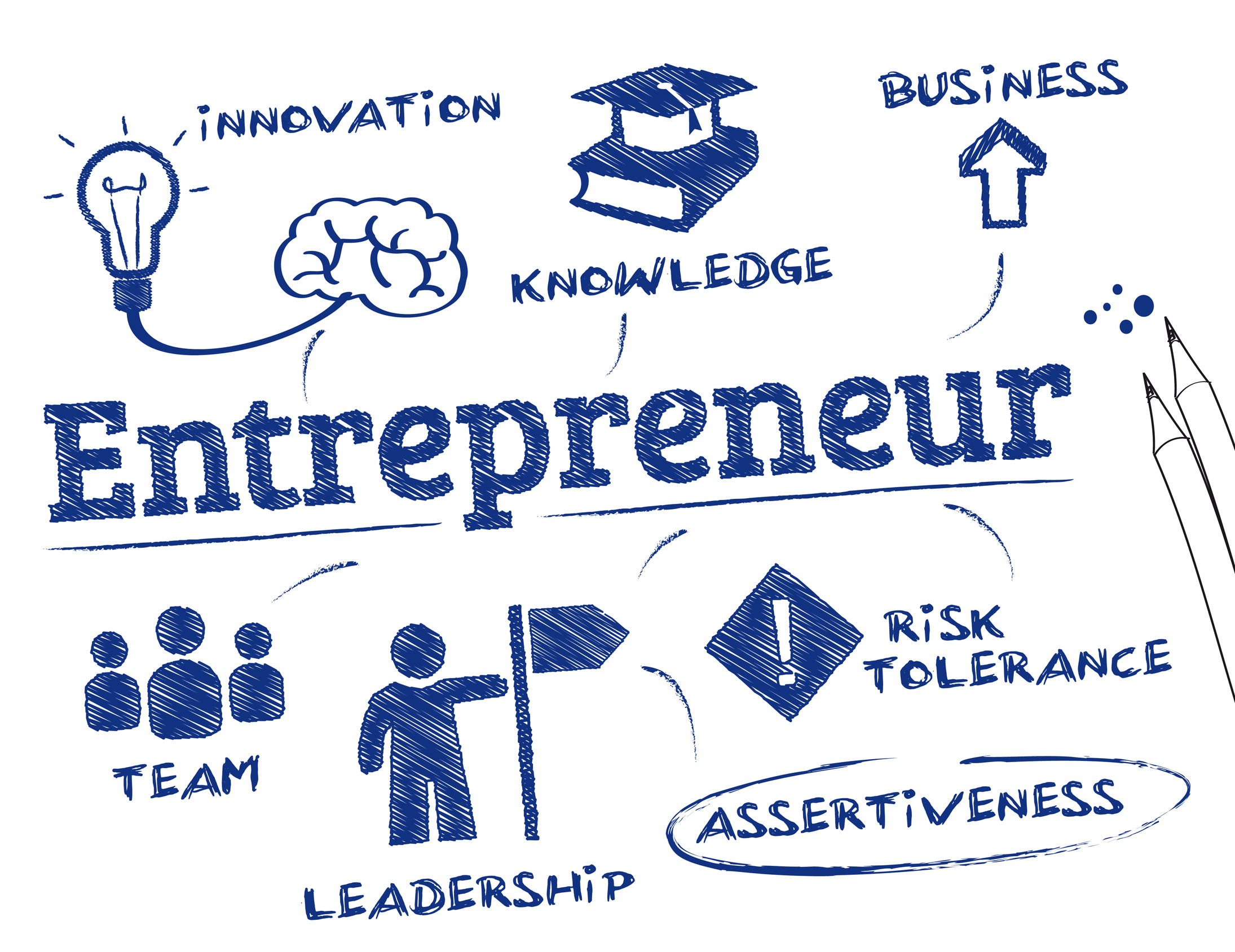7 Paid Marketing Steps to Fuel Your Startup’s Growth
here’s plenty of startup marketing you should do for free — like brand building on social media, gaining website traffic through organic search, earning media coverage, getting online reviews on major platforms and simply talking to as many customers as you can.
Once you’ve done that and have those programs running smoothly, it’s time to consider paid marketing. Here are seven options you can layer on top of each other to fuel your startup’s growth.
1. Use paid social media to create interest
Unless you’re in retail or consumer product goods, you won’t get many sales directly from social media. That’s not how most people buy. So, instead of trying to close, try to create interest.
Create a professional 10 to 30-second video, high quality image assets and helpful text posts. Promote content and ads that educate viewers on the problem you solve and how your product or service works. Make them want more — to click through to your profile or to search for you on Google. Use social media to create interest that you can later capture on your website and other channels.
2. Invest in paid search for bottom-of-funnel demand and top-of-funnel content
People are actively searching for solutions to their problems. Some of those searches have buying intent (“emergency HVAC service”), and some are simply informational (“why is my HVAC not cooling”). It’s worth paying for search ads on Google and Bing for both.
Buying intent searches should drive traffic to your website home page or product landing page. Informational searches should drive traffic to your content, like a blog or YouTube video, where you answer their questions.
Targeting informational searches is often (though not always) a cheaper option for driving qualified leads, too. It’s easy enough to teach people how to solve their problems and then prompt: “Want us to do it for you? Text or call us today.”
3. Attend targeted trade shows to start conversations
Trade shows bring hundreds or thousands of potential customers under one roof, and you can talk to any of them. But exhibiting is expensive. For shows you haven’t been to before, pay for one or two people to attend. Start conversations with as many attendees and vendors as you can. Look for sales opportunities, and ask them about their favorite industry shows to attend.
If you can close deals, great. If you find out about other important shows, also great. Use this as a cheap experiment to figure out where to spend your time and more money. Then check out point #5.
4. Produce high quality video ads (commercials)
Videos can be used effectively across multiple channels, including in-person events. That makes them incredibly valuable and also means it’s worth paying more for higher quality, commercial-grade videos.
Your script will be crucial. A good video ad picks one problem you solve for, highlights how painful that problem is, shows how it’s solved with your help and prompts viewers to take action to work with you.
This doesn’t have to cost an arm and a leg, but you should factor paid promotion into your budget. The 80/20 rule applies — spend 20% of your time and budget on creating, 80% on promoting.
5. Sponsor key, proven trade shows
Now that you know which shows are worth betting on, bet big. Be the belle of the ball. Get an oversized booth space. Bring a team to man your booth. Sponsor educational sessions. Give an educational session. Pay for a digital billboard in the venue — to introduce a speaker, to brand the complementary WiFi network and password, to show your video to an engaged audience.
Success at a trade show is not linear. You have to create a lot of buzz to get any traction, and that attention tends to pay off exponentially. Pro tip: Local and regional shows tend to bring a better return on investment than national or international shows. It’s easier and less expensive to stand out.
6. Team up with complementary partners for co-marketing
Partnering with another brand can help both of you boost your reputation and revenue. A good partner has target audience overlap, shared values and complementary offerings (i.e., you serve the same people, have similar mindsets, and customers need both of you anyway).
Put a full go-to-market motion behind these partnerships. Run press announcements, get pages on each other’s websites, tell your customers about it, enable each other’s sales teams to sell for you, and do ongoing co-marketing via webinars, events, and other content. You can usually market partnerships for free, but be willing to put money behind them.
7. Throw your own in-person events
Two things are true: Face time with customers helps you sell more and keep accounts longer, and people want to be invited to events.
The most effective customer events bring customers, partners and prospects together with a common denominator (you). They educate everyone on the problems you solve and give attendees an excuse to get out of the office (or house).
Whether it’s for a half-day, full-day, multi-day or just long enough to watch a ball game, create opportunities to bring your community together and have fun. If you’re a local business, these events become much easier. If you work all over the nation — or world — then travel to where you have hubs of customers and throw smaller events.
No marketing trick alone is going to catapult your startup to high growth. Be sure you have a product people are willing to pay for, clear messaging and happy customers. Then begin layering on other effective marketing tactics and channels like the ones above. Stack, don’t hack your way to growth. Nail one, then keep it going while you layer on the next, and repeat. Before long, you’ll have a marketing flywheel that just won’t quit.
Source: entrepreneur.com




